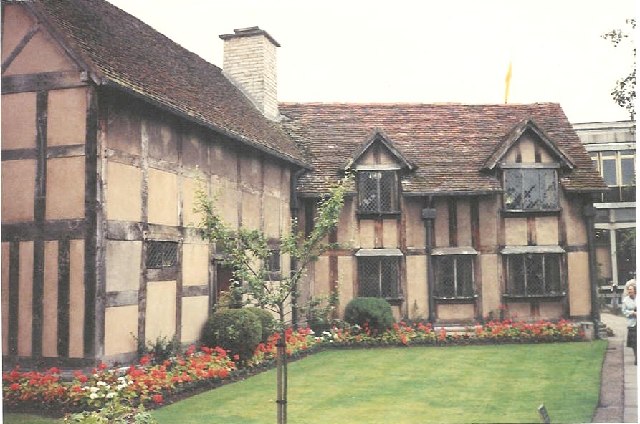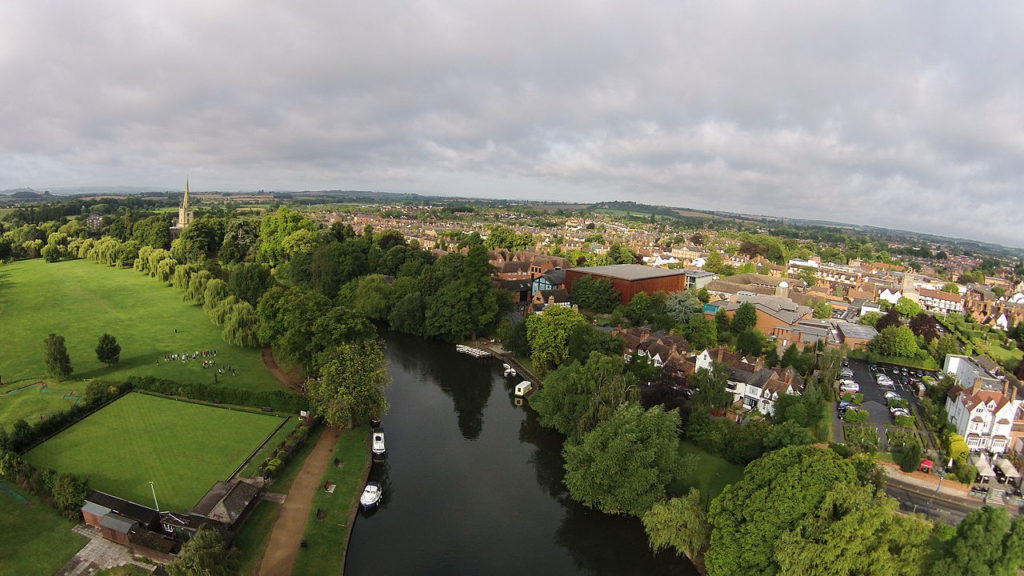Book Review: Hamnet
The Kelley and Kate book club traveled to 16th century England in June 2021 by reading “Hamnet” by Maggie O’Farrell
Every day, I experience a tension between the physical and the literary. What experiences do I write about, and what do I simply live through? Which beloved people I know do I write about in fiction, and which should I leave alone to love only in real life?
Or even as simple as: do I spend the morning writing, or do I go outside and play?
In “Hamnet” by Maggie O’Farrell, I find this tension personified in Agnes and her husband — known in the book as “the tutor,” “the young man,” “the son,” “the father,” and as a London-based writer of the play “Hamlet.”
The book never mentions a “Shakespeare.”
This engrossing novel tells the story of the immortal playwright and his very mortal wife. They meet, raise three children, lose one of them, and then deal with that loss in their separate ways: she, physically; he, through literature. Agnes is bodily wisdom; her husband, fiction. She reality; he, representation of reality.
Her grief fades with her life. His echoes through audiences forever.

The book never names him, but finds for his literary skill in Agnes a perfect physical match. She can barely read (she is astonished that their two-story house is shaped like the letter “A”), but she practices herbal medicine, raises bees, trains a falcon, and navigates village politics. And he is all words, a dreamer in a farming culture based physical know-how.
They are perfect contrasts, but do they belong together in marriage? At times, they seem like a bad match. He is most at home in London, in the midst of his play company, playing with words and stories. She is most at home in the forest.
She (and their children) anchor him so he can live a life of fantasy and creation. But she needs him, especially after their son dies. Sadly, she seems to typify the woman behind many of the great men of literature.
It’s a particular tragedy in this book: He waxes while she wanes. The death of their only son nearly crushes her. She transforms from a young, beguiling expert into a ghost of herself, bereft and grieving. He seems to take the death as a reason to remain in London for years—and to turn his personal grief into great art.
Nevertheless, everyone gets a voice in this novel, even the man who writes about his dead son. And his stodgy parents. And his two daughters, who react to his persistent absences in two very different ways. Even his dead son himself.
The doomed boy Hamnet opens the book in a very 11-year-old boy way, by hurting his knee jumping down a set of stairs. But his curiosity in the world is tinged with a premonition of things to come: Where is everyone?

Hamnet’s unnerving solitude at the book’s opening echoes his future as a ghost in the minds of his sisters, mother, grandparents – and his father.
The real genius at the core of this fiction is O’Farrell’s speculation that the play Hamlet is inspired directly by the historical boy Hamnet. Once you read the novel, it’s not a hard conclusion to draw — yet if it is so, the play is the oblique approach of a genius writer, in which the ghost is the father and the bereft survivor the son.
Both literary speculation and the central love relationship in Hamnet come together in a stunning last scene, which shows Agnes lost in the city, and the playwright lost in a world of imagination. It’s in this moment of complete loss that they find each other.